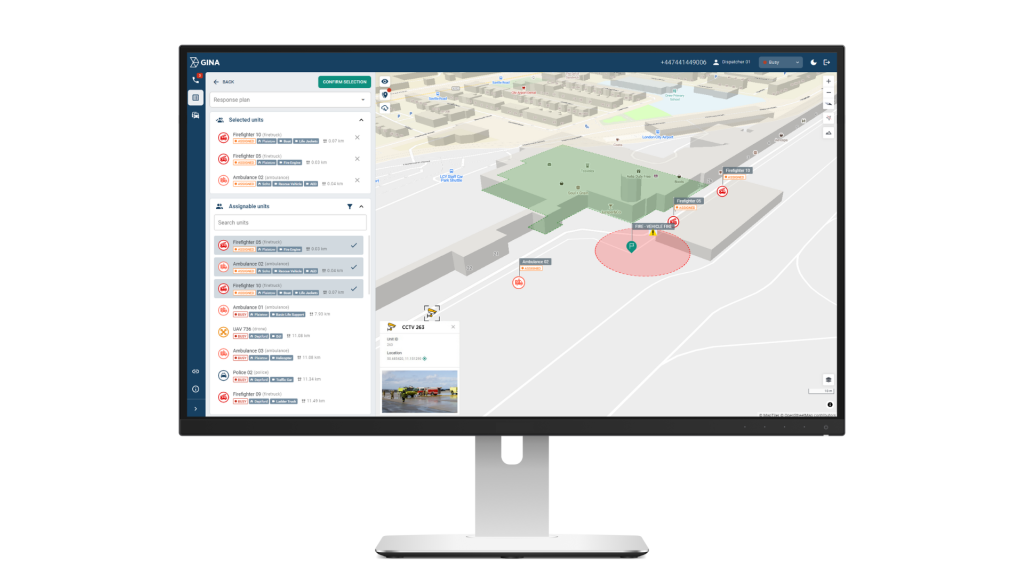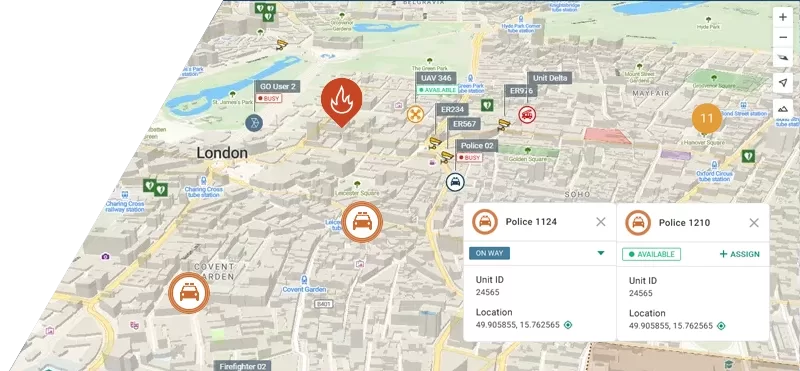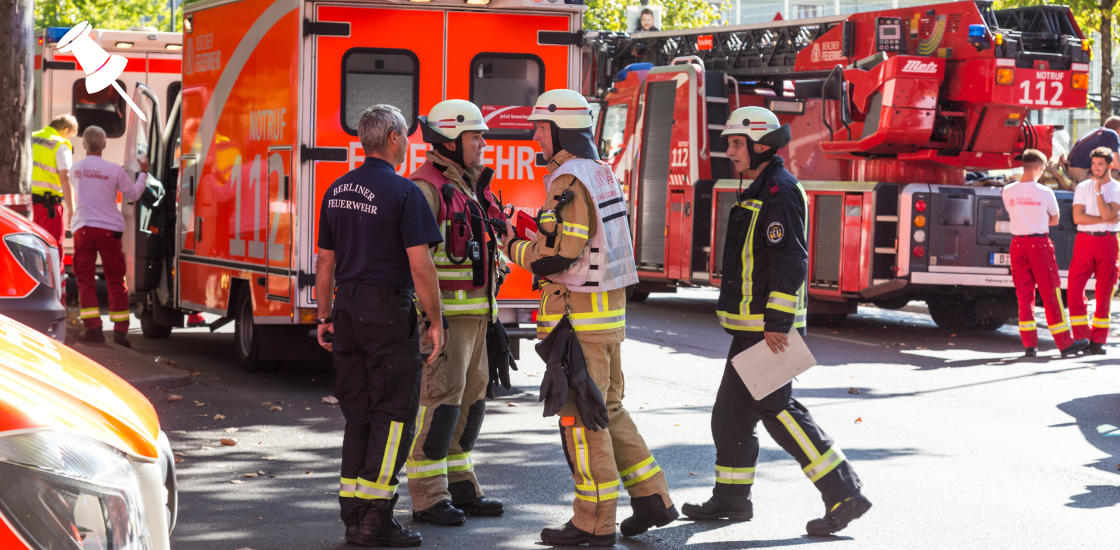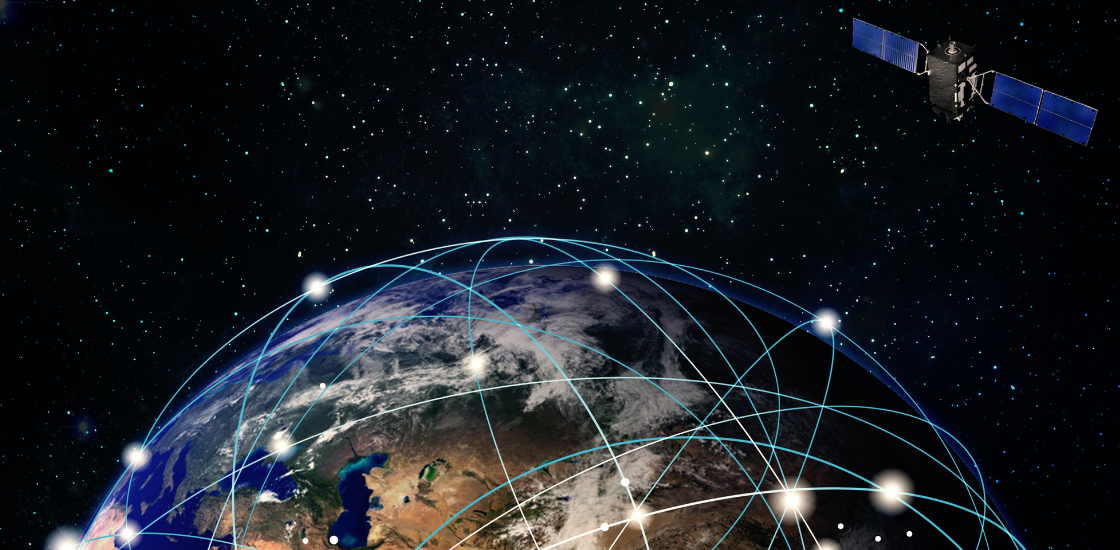Emergency Management Software is changing the way organizations handle crises. Disasters, industrial accidents, and security threats are happening more often – and they’re more complex than ever. In moments when every second counts, manual processes and scattered communication just don’t cut it.
These systems give agencies what they need most: speed, clarity, and control. They simplify operations, reduce errors, and keep everyone on the same page during the most critical moments. Let’s explore why emergency management tools matter, how they work, and where Smart CAD fits into the picture.
Table of Contents
Why Emergency Management Software Matters
Emergencies don’t wait. They strike fast, and they demand instant action. Whether it’s a wildfire, a flood, or a major security breach, response teams need to move quickly – and in sync.
Without an integrated system, teams rely on phone calls, radio chatter, and fragmented maps. The result? Confusion, delays, and missed opportunities to save lives.
Emergency Management Software changes this completely. It creates a single source of truth – a digital command center where everything comes together: live data, communication, and resource tracking. When responders know exactly what’s happening and where, they make better decisions. And better decisions in a crisis save lives. Beyond response, these systems help organizations prepare for the future by analyzing patterns, planning for risks, and improving processes through data-driven insights.
Smart CAD: Bringing Simplicity and Speed to Dispatch
One example of modern Emergency Management Software in action is Smart CAD. It redefines traditional dispatch by focusing on flexibility and ease of use – two things that really matter in high-pressure situations.
Unlike older, rigid systems, Smart CAD is web-based and intuitive. Teams can access it anywhere, without complicated installations. Dispatchers, field units, and command centers stay connected through one streamlined platform.
What makes it practical in real life?
- Real-Time Location Tracking: Know where your resources are and allocate them effectively.
- Integrated Push-to-Talk Communication: Instant voice contact keeps everyone on the same page.
- Photo and Video Sharing: Add context to decisions and improve situational awareness.
- Dynamic Navigation: Get the fastest routes even when roads are blocked or conditions change.
Beyond core dispatch functions, these systems integrate with technologies like IoT sensors, GPS devices, and video feeds. This real-time connectivity gives emergency teams a complete operational picture, helping them respond faster and more effectively. For example, during a flood, live location data combined with sensor alerts ensures that resources reach affected areas without delay, reducing risk and saving lives.
By combining these features, Smart CAD ensures smooth operations from the first alert to final resolution. For agencies under constant pressure, that reliability is a game-changer.

If you’d like to dive deeper into the role of dispatch solutions in emergency response, check out our blog on EMS Dispatch Software.
When Every Second Counts, Be Ready
Emergency Management Software has become an essential part of modern crisis response. It brings clarity when chaos strikes, connects teams when communication matters most, and provides tools to plan for a safer future.
Solutions like Smart CAD show what’s possible when technology and emergency services work hand in hand: real-time visibility, integrated communication, and intuitive tools designed for people on the front lines.
And the benefits don’t end when an incident is over. Post-incident analytics, automated reporting, and training simulations allow organizations to learn from every response and prepare for what’s next. This cycle of continuous improvement helps agencies stay ready – not just for today’s challenges, but for tomorrow’s uncertainties as well.
Because when every second counts, the right software isn’t just helpful – it’s life-saving.










